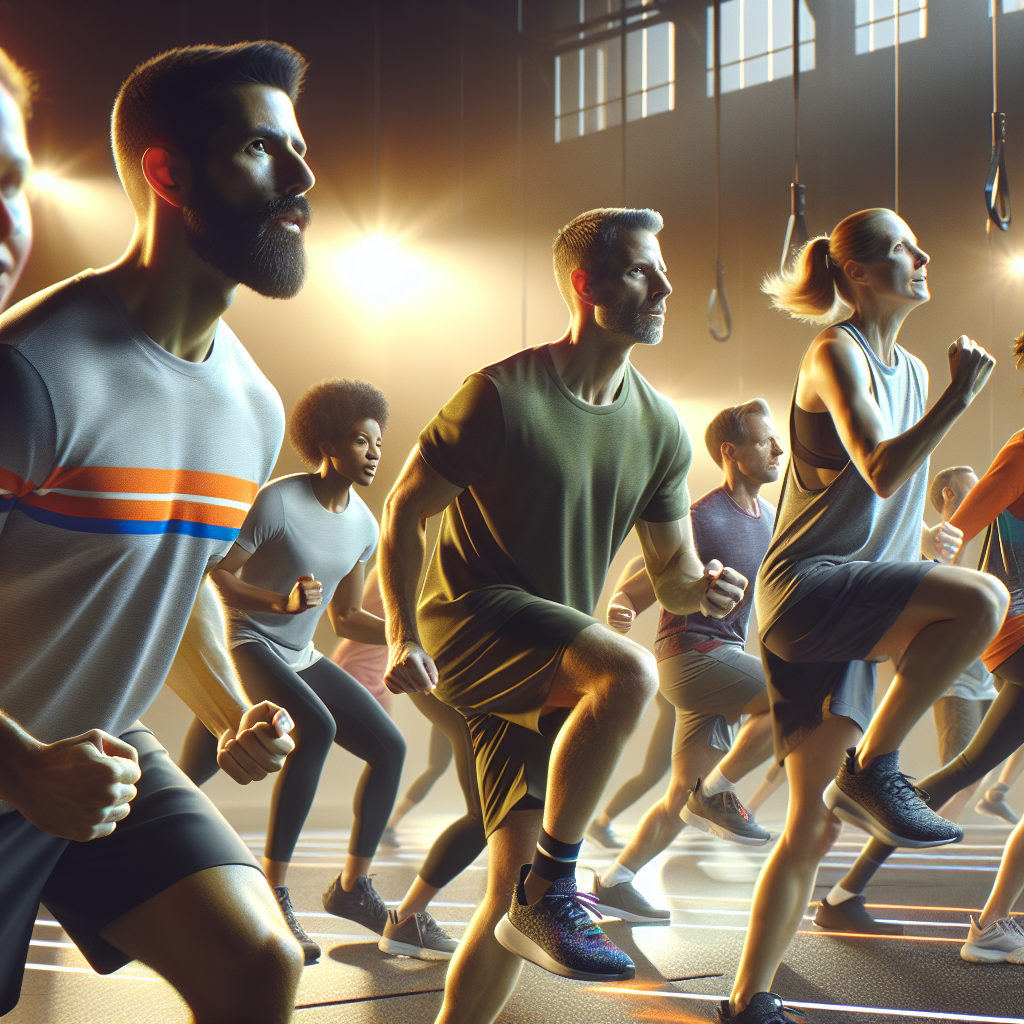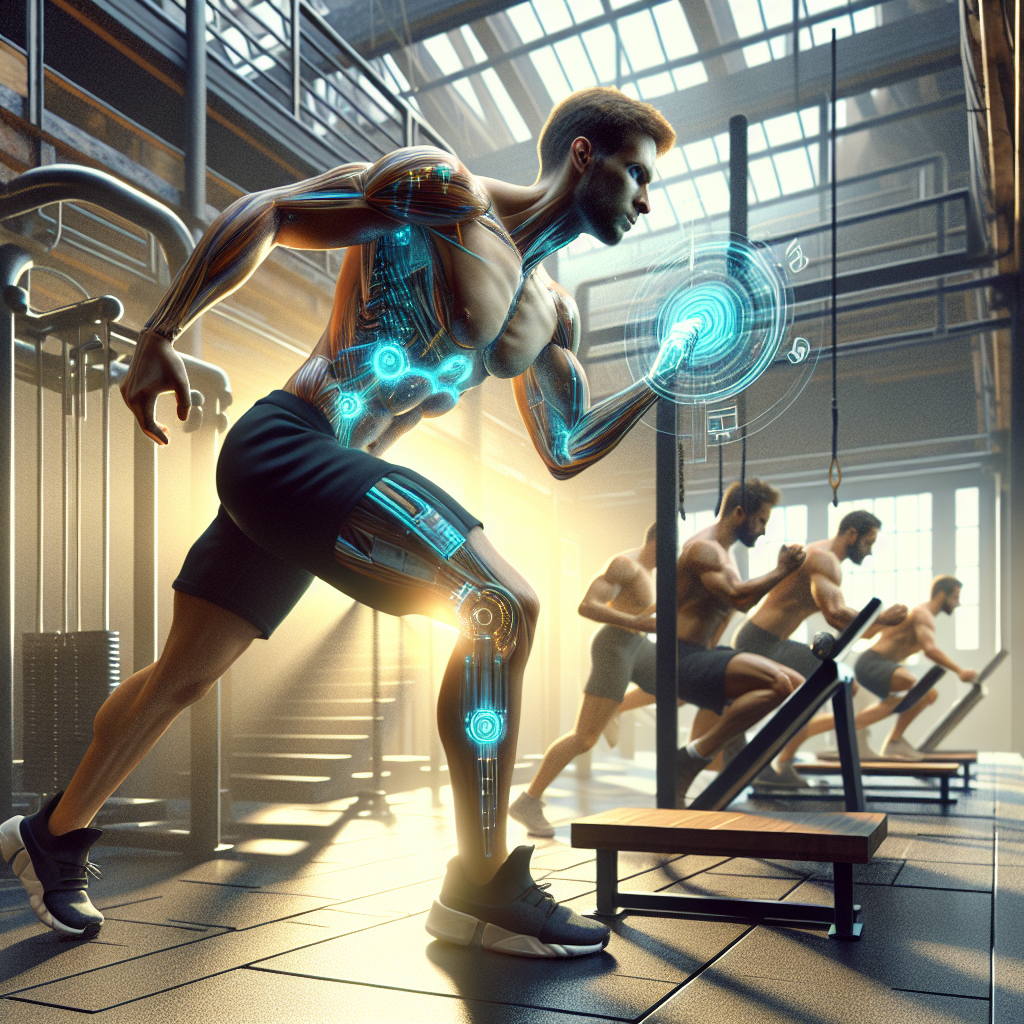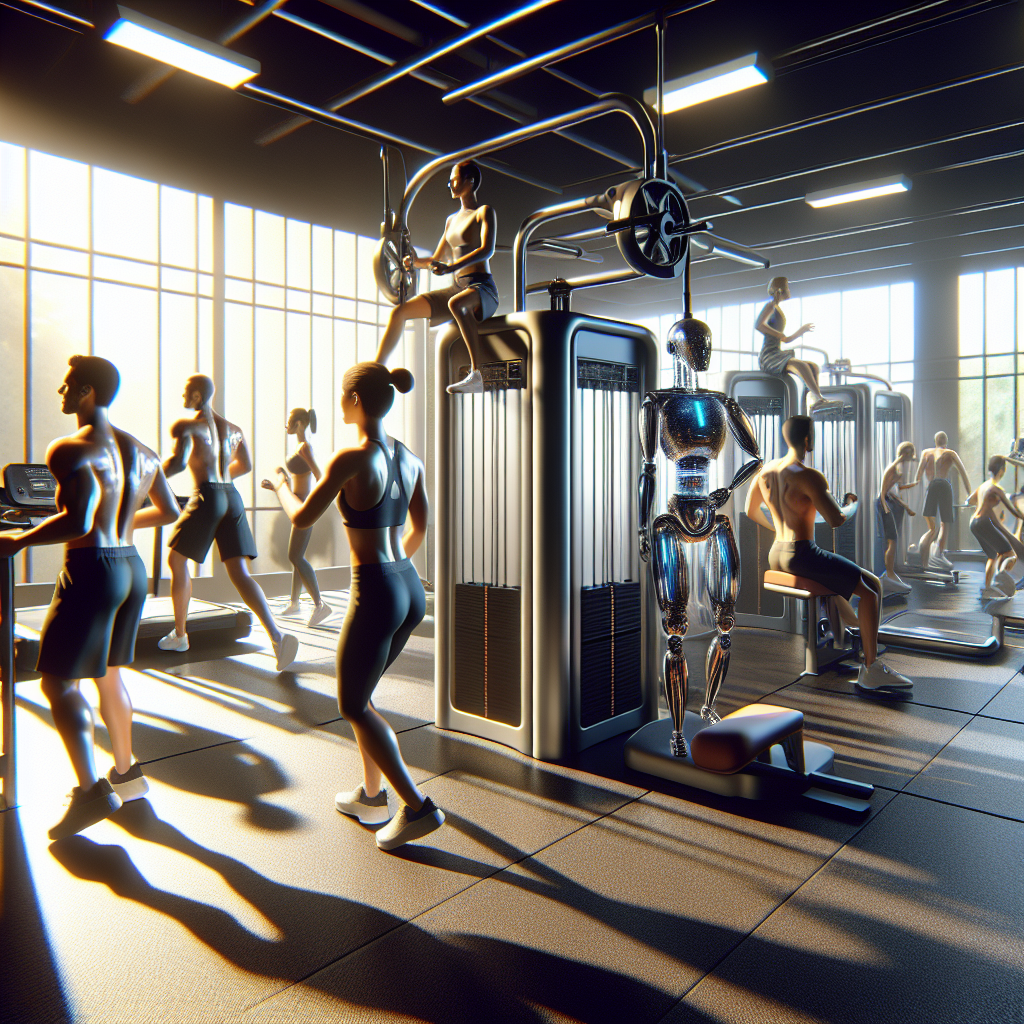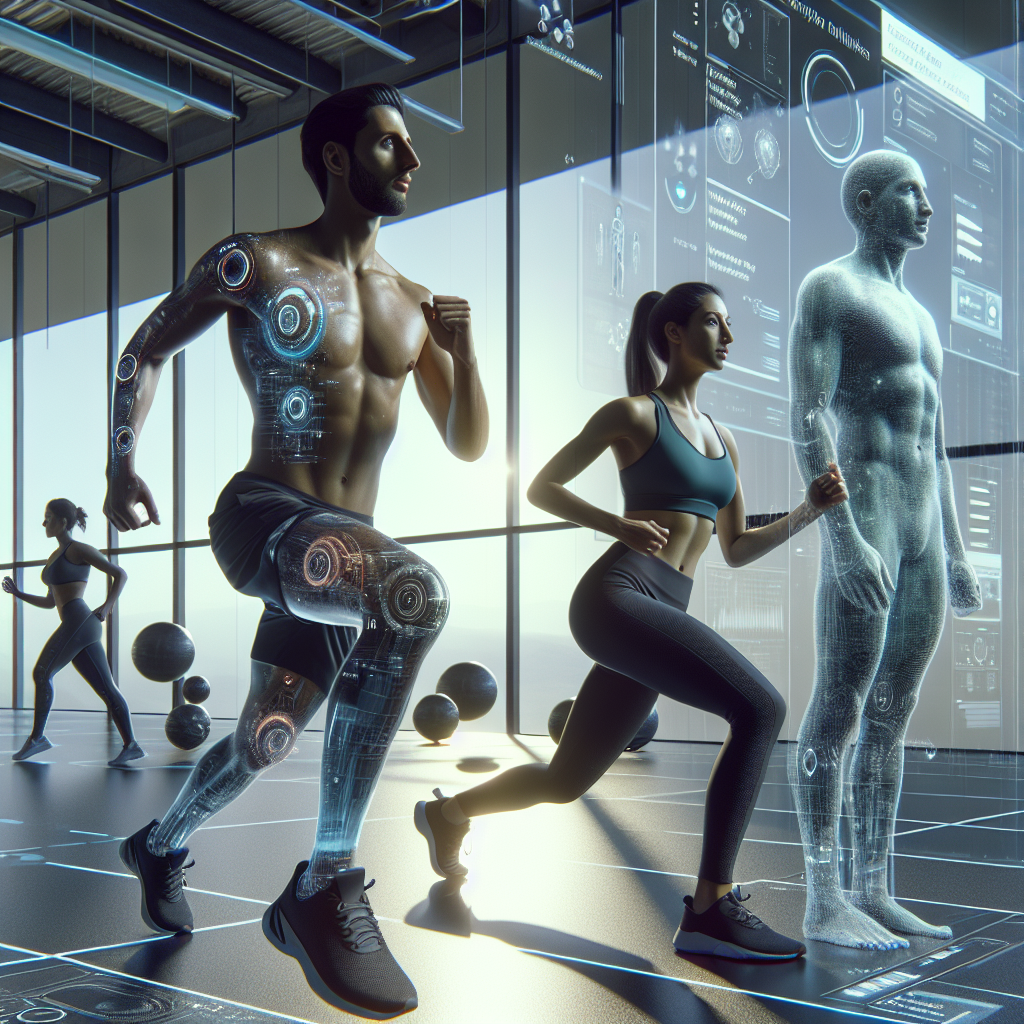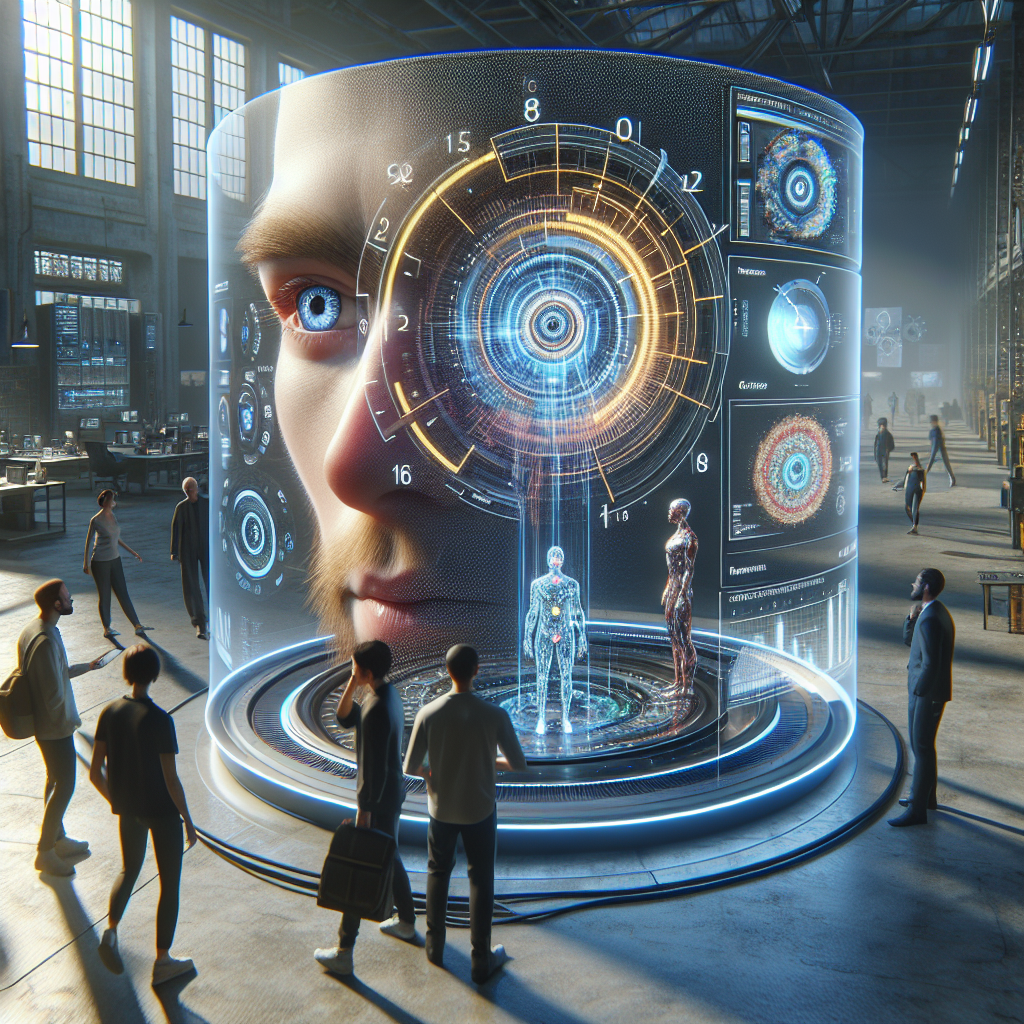The realm of fitness is undergoing a transformative shift as AI-driven personalized workouts emerge as a revolutionary trend expected to dominate by 2025. These workouts, tailored to individual needs and preferences, leverage sophisticated algorithms and machine learning to enhance user experience, optimize performance, and achieve fitness goals effectively. As AI technology continues to evolve, its integration into fitness regimens promises unprecedented levels of customization and efficiency, making it a pivotal component of the future fitness landscape.
The Evolution of AI in Fitness
Artificial Intelligence (AI) has been a game-changer across numerous industries, and the fitness sector is no exception. From simple fitness apps offering guided workouts to complex systems analyzing user data to provide real-time feedback, AI’s role in fitness has grown exponentially. This evolution is marked by several key milestones:
- Early Fitness Apps: Initially, fitness apps provided basic functionalities like step counting and calorie tracking. These apps laid the foundation for more advanced AI-driven solutions.
- Wearable Technology: Devices like Fitbit and Apple Watch introduced biometric tracking, allowing users to monitor heart rate, sleep patterns, and more. These wearables collect data that AI can analyze to offer personalized insights.
- Machine Learning Algorithms: With advancements in machine learning, apps can now predict user needs, suggest personalized workouts, and adapt routines based on performance and feedback.
AI-Driven Personalization: A Closer Look
The core of AI-driven fitness lies in personalization. AI systems collect and analyze extensive data sets, including user demographics, fitness levels, preferences, and past performance, to create tailored workout plans. Here’s how it works:
Data Collection and Analysis
AI fitness applications begin by gathering data from users. This data includes:
- Age, gender, and fitness goals
- Health metrics such as BMI, heart rate, and sleep patterns
- Previous workout history and performance metrics
Advanced algorithms then process this data to identify patterns and provide insights, allowing for highly customized workout suggestions.
Adaptive Learning and Real-Time Feedback
One of the standout features of AI-driven workouts is their ability to adapt. As users engage with the program, the AI learns from their performance, adjusting the difficulty and variety of exercises to continually challenge and motivate them. Real-time feedback ensures that users maintain proper form and pace, reducing the risk of injury and enhancing the effectiveness of each session.
The Benefits of AI-Driven Workouts
The integration of AI into fitness routines offers a plethora of benefits:
- Customization: Tailored programs cater to individual needs, significantly improving the likelihood of achieving fitness goals.
- Efficiency: Personalized workouts eliminate guesswork and optimize time spent exercising, ensuring maximum benefits in minimal time.
- Motivation and Engagement: AI systems can adapt to user preferences, keeping workouts fresh and engaging, thus sustaining motivation over time.
Case Studies: Success Stories in AI Fitness
Several companies have successfully harnessed the power of AI to revolutionize fitness:
Peleton: Enhancing User Experience
Peleton has incorporated AI to provide personalized class recommendations based on user preferences and performance history. This approach has resulted in increased user engagement and satisfaction.
Fitbod: Algorithm-Driven Workouts
Fitbod uses machine learning algorithms to generate customized strength training plans. By analyzing user performance and adapting to their progress, Fitbod ensures continuous improvement and goal achievement.
Challenges and Considerations
Despite its benefits, AI-driven fitness is not without challenges:
- Data Privacy: The collection and storage of personal data raise significant privacy concerns that must be addressed through robust security measures.
- Accessibility: While AI technology is advancing rapidly, its accessibility remains limited for some populations due to cost and technical barriers.
Future Trends and Predictions
Looking ahead, AI-driven personalized workouts are expected to become even more sophisticated. Key trends include:
- Integration with Virtual Reality (VR): Combining AI with VR could create immersive workout environments that enhance the user experience.
- Advanced Biometric Monitoring: Future wearables may provide even more detailed health metrics, allowing for further personalization.
Conclusion
AI-driven personalized workouts are set to revolutionize the fitness industry by 2025, offering unprecedented levels of customization and efficiency. As technology continues to advance, these systems will become integral to achieving fitness goals, providing a personalized and engaging experience for users worldwide. Embracing these innovations will be crucial for fitness enthusiasts and professionals alike, as they navigate the future of health and wellness.

